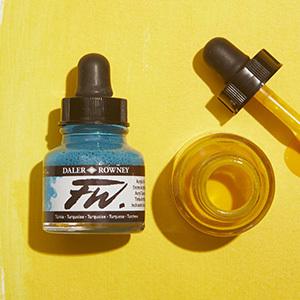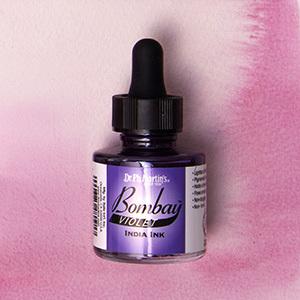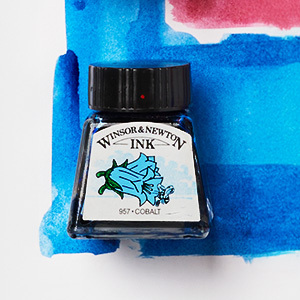
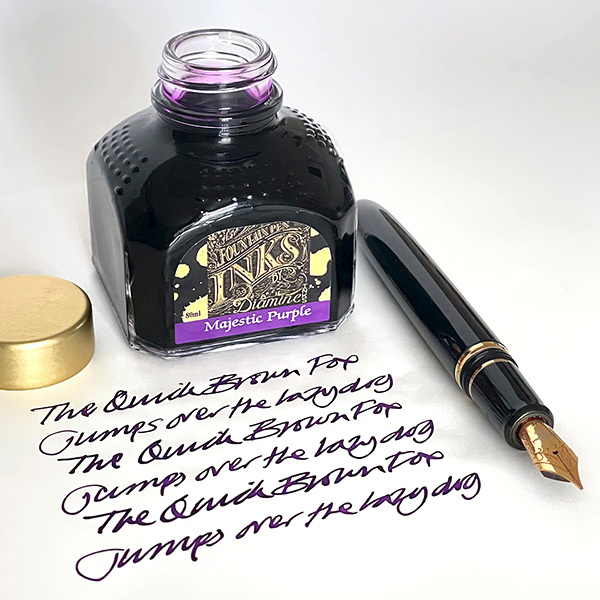
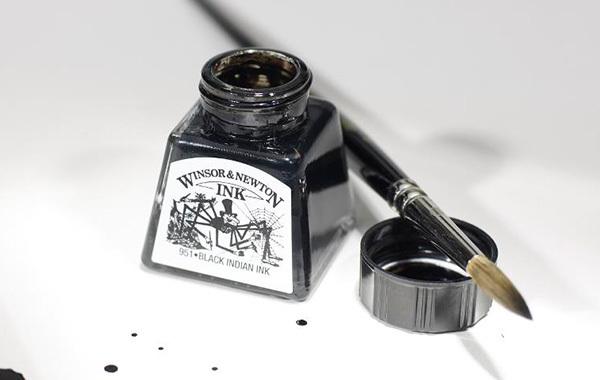
WINSOR & NEWTON
Fast-drying, transparent and water resistant ink with colour brilliance Intermixable colours can be used with a brush, dip pen or airbrush
SHOP NOW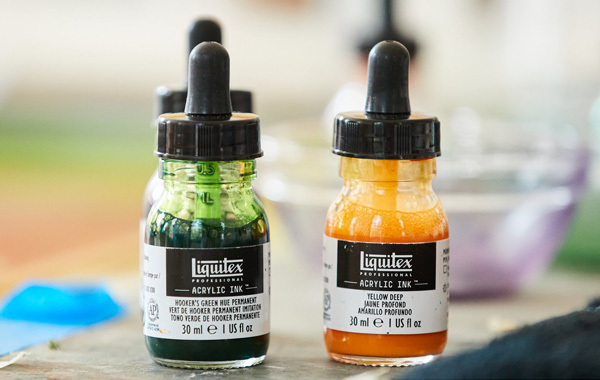
LIQUITEX
Liquitex's range of artist-quality acrylic inks contain pigments with no dyes, no fade, just pure, permanent lightfast colour.
SHOP NOW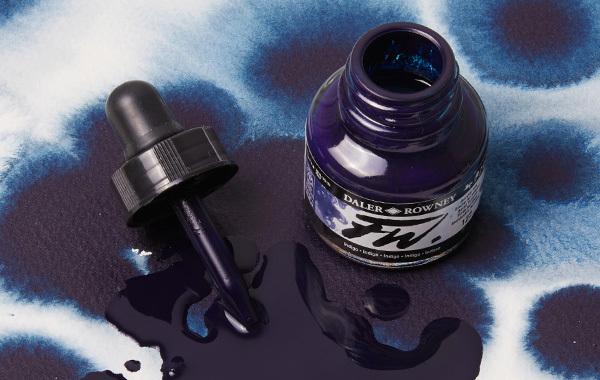
DALER-ROWNEY FW INKS
Daler-Rowney FW Acrylic Inks are acrylic-based, pigmented, water-resistant artists' inks with a high degree of lightfastness and intermixability.
SHOP NOW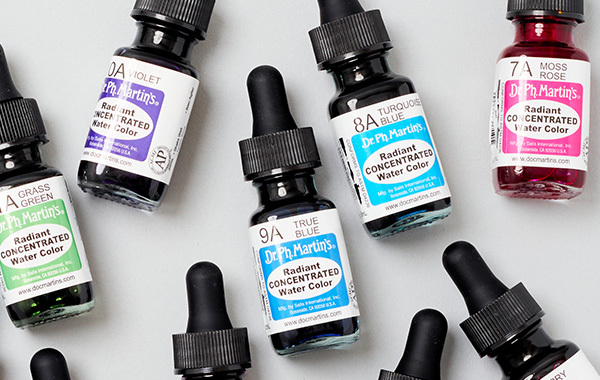
DR PH MARTINS
Dr Ph Martin's dye based inks have been used by designers, illustrators and artists since 1934.
SHOP NOWWhat are the different types of ink available at Cass Art?
At Cass Art, you’ll find a wide range of artist inks including drawing inks, acrylic inks, alcohol inks, and calligraphy inks. We stock trusted brands like Winsor & Newton, Daler-Rowney, Liquitex, and Ecoline, so whether you’re working on fine art, illustration, or calligraphy, there’s an ink to suit your style and technique.
What’s the difference between acrylic ink and drawing ink?
Acrylic ink is pigment-based and waterproof when dry, making it ideal for layering and mixed media work. Drawing ink, often dye-based, typically has a more fluid consistency and vibrant finish, but may not be waterproof. Your choice depends on whether you want permanence or blendability in your work.
Are your inks suitable for calligraphy and lettering?
Yes, we stocks a wide range of inks ideal for calligraphy, including specialist calligraphy inks and fountain pen inks. Look for brands like Winsor & Newton and Manuscript, which are formulated for smooth flow and rich colour on paper.
Can I use ink with a brush as well as a pen or nib?
Absolutely. Most artist inks can be used with brushes, dip pens, technical pens, and airbrushes. Acrylic inks work especially well with brushes and offer excellent coverage and intensity. Always check the label for the best tools to use with each ink.
What surfaces can I use ink on?
Most inks are designed for paper, but acrylic inks can also be used on canvas, board, fabric, and even non-porous surfaces like plastic or glass (with proper surface prep). Always test your materials first, especially if you’re working on unconventional surfaces.

